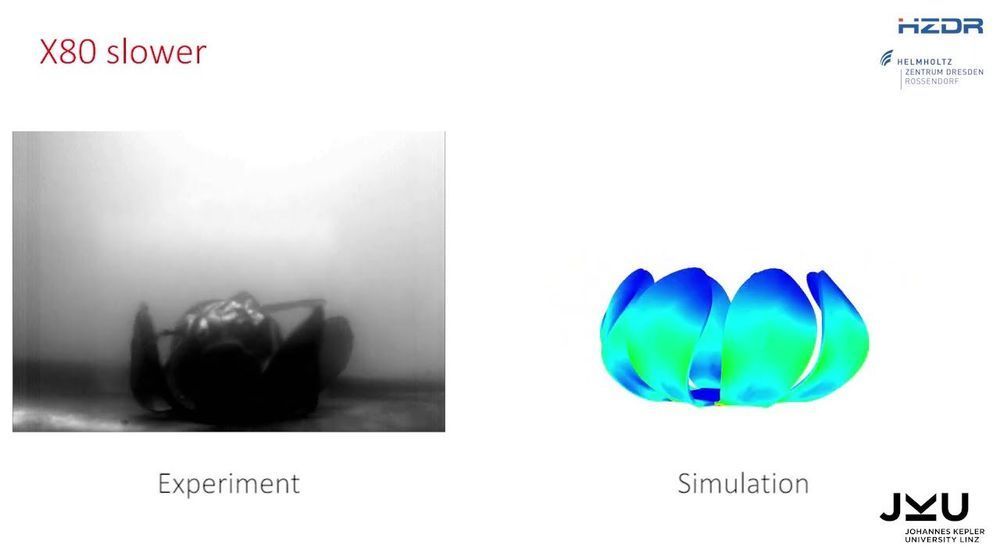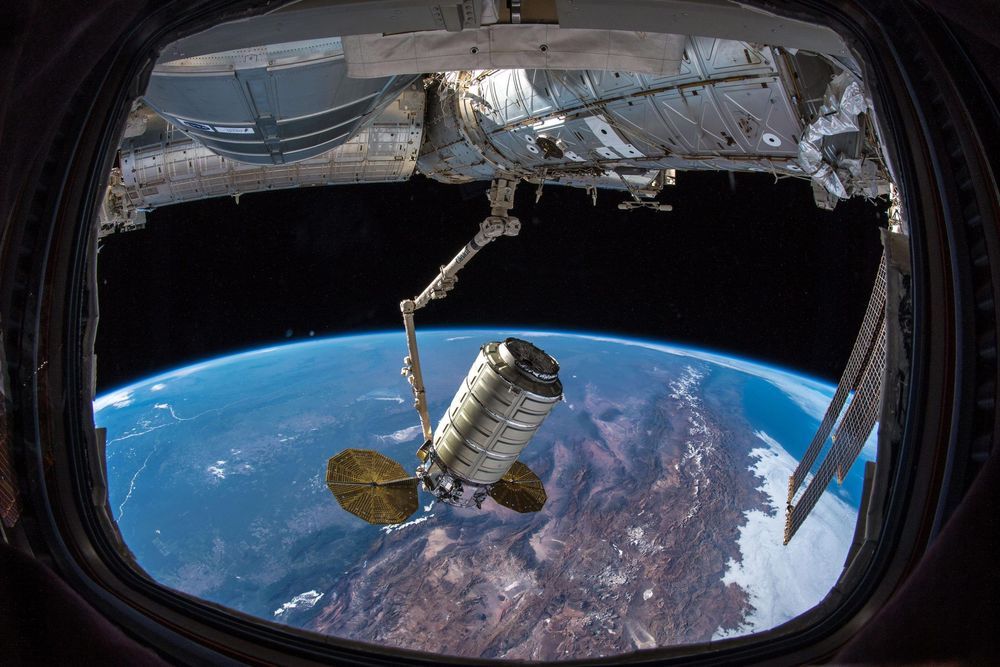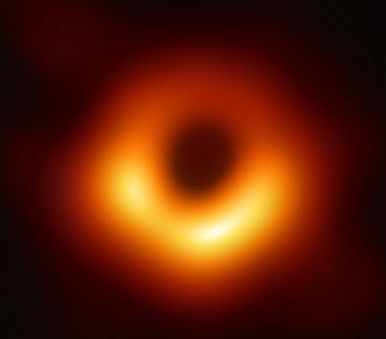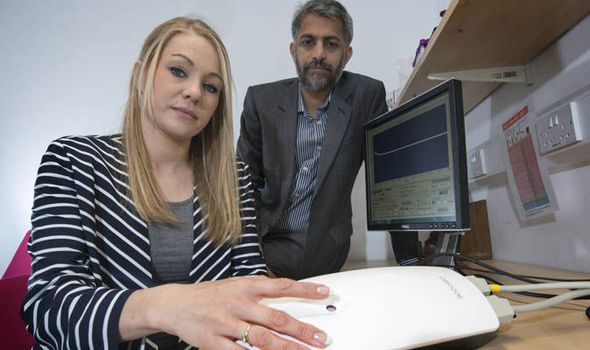Oct 4, 2020
Researchers create fly-catching robots
Posted by Saúl Morales Rodriguéz in categories: materials, robotics/AI
An international team of Johannes Kepler University researchers is developing robots made from soft materials. A new article in the journal Communications Materials demonstrates how these kinds of soft machines react using weak magnetic fields to move very quickly—even grabbing a quick-moving fly that has landed on it.
When we imagine a moving machine, such as a robot, we picture something largely made out of hard materials, says Martin Kaltenbrunner. He and his team of researchers at the JKU’s Department of Soft Matter Physics and the LIT Soft Materials Lab have been working to build a soft materials-based system. When creating these kinds of systems, there is a basic underlying idea to create conducive conditions that support close robot-human interaction in the future—without the solid machine physically harming humans.


















